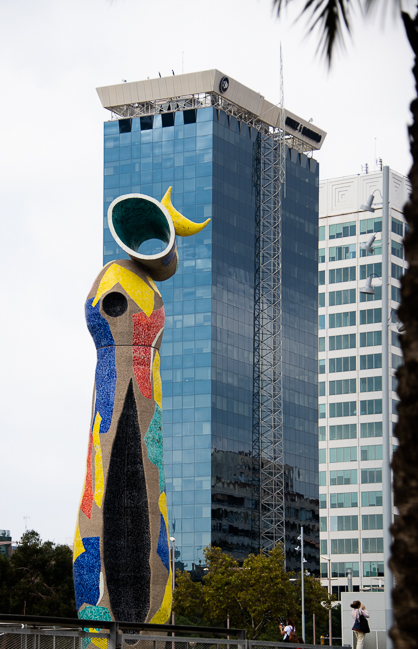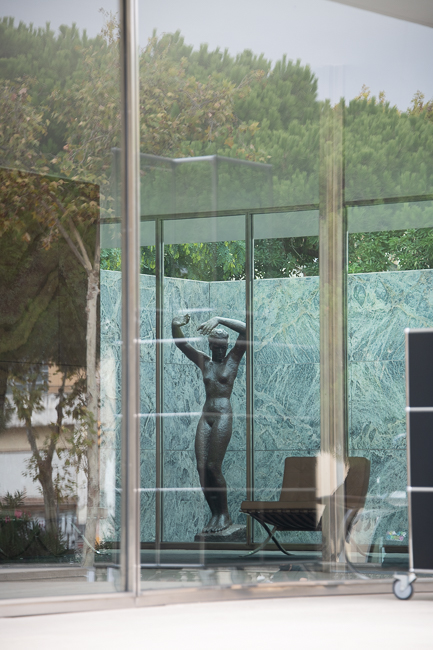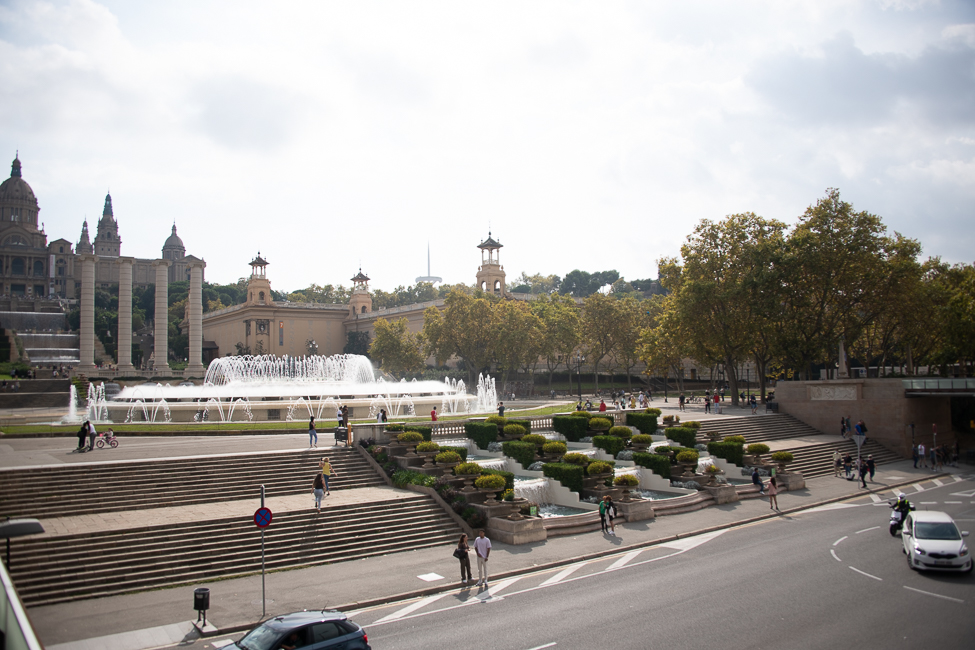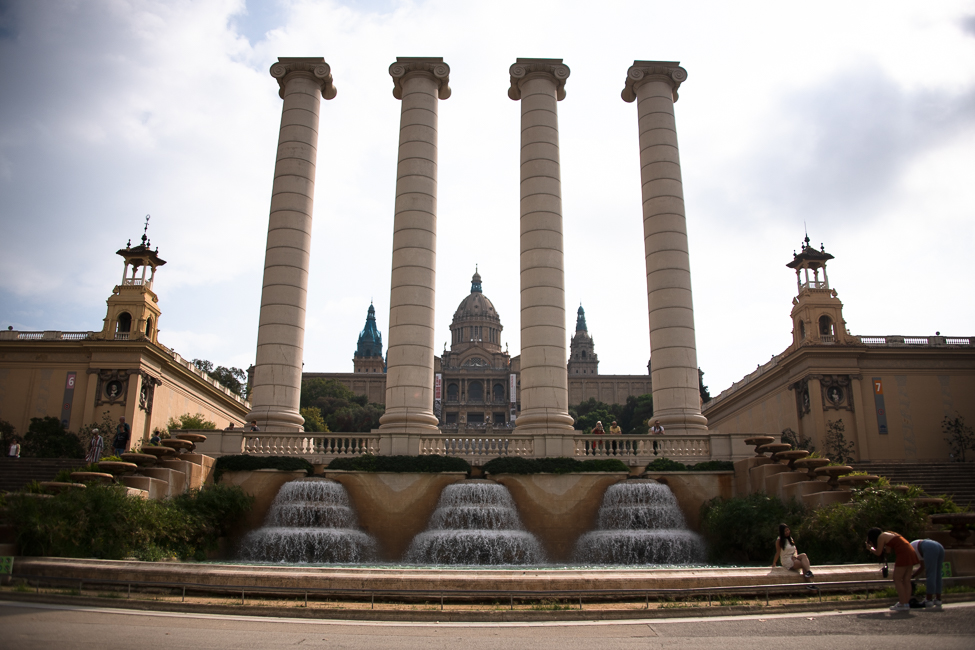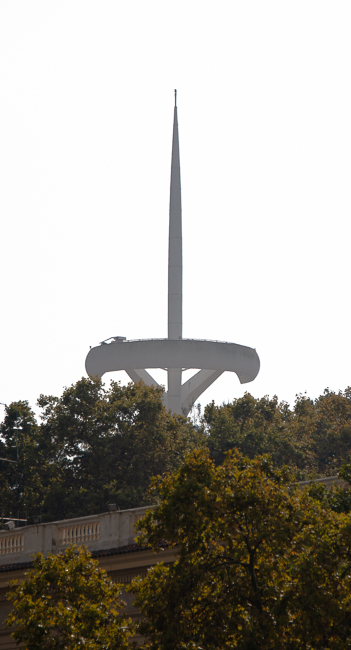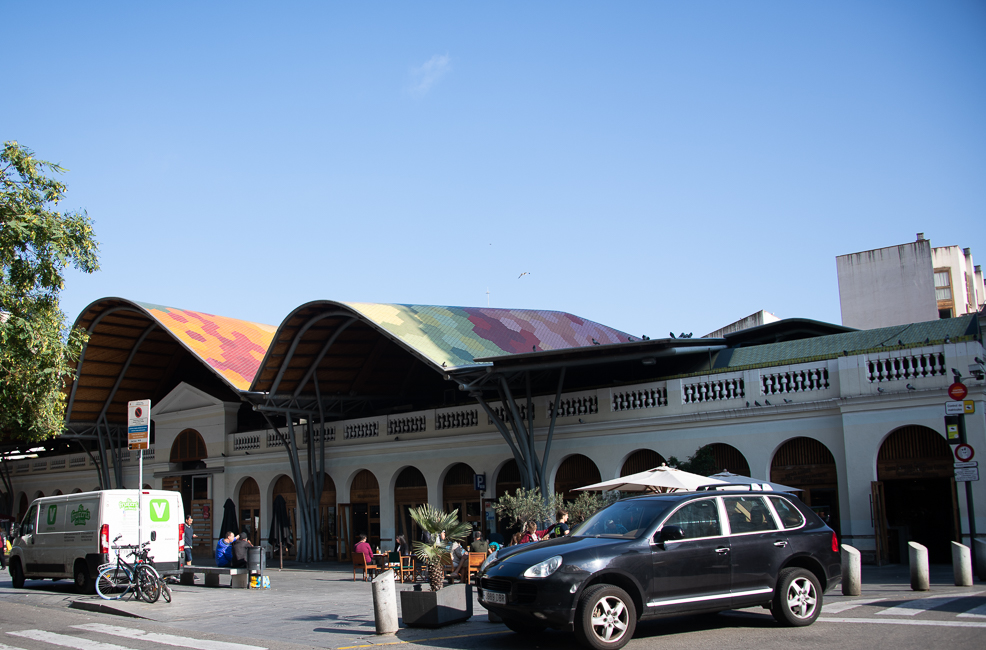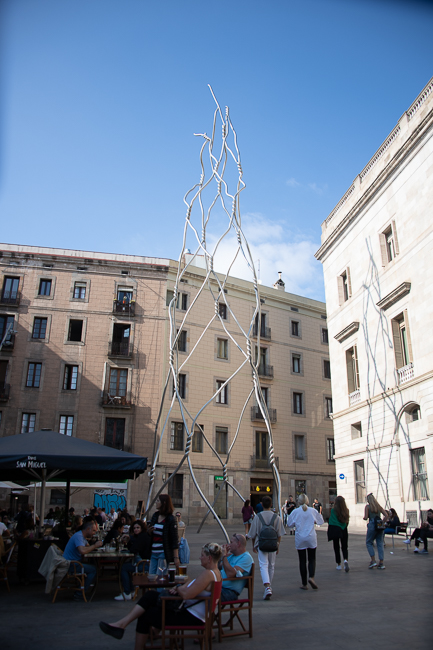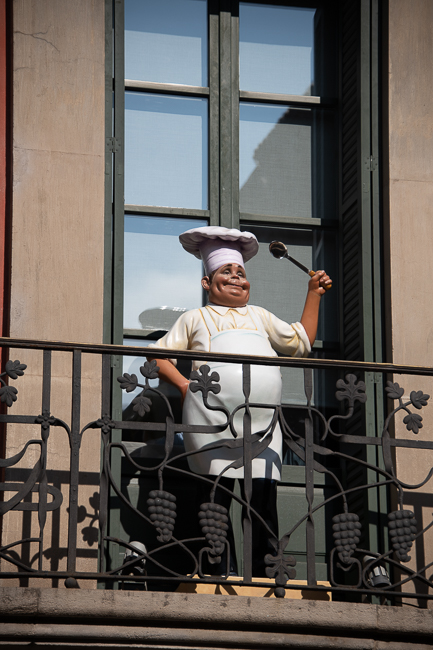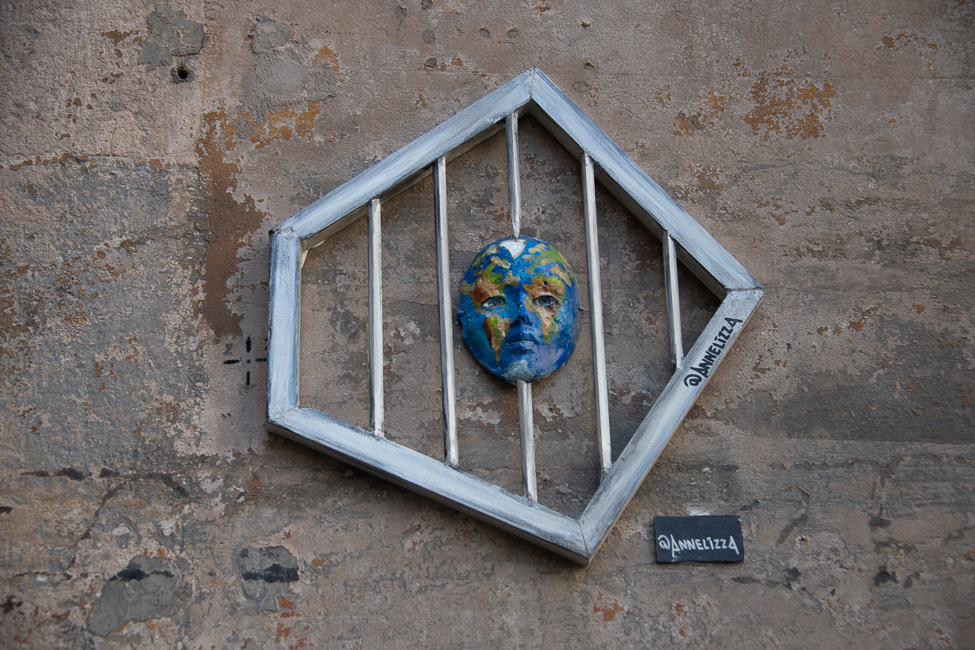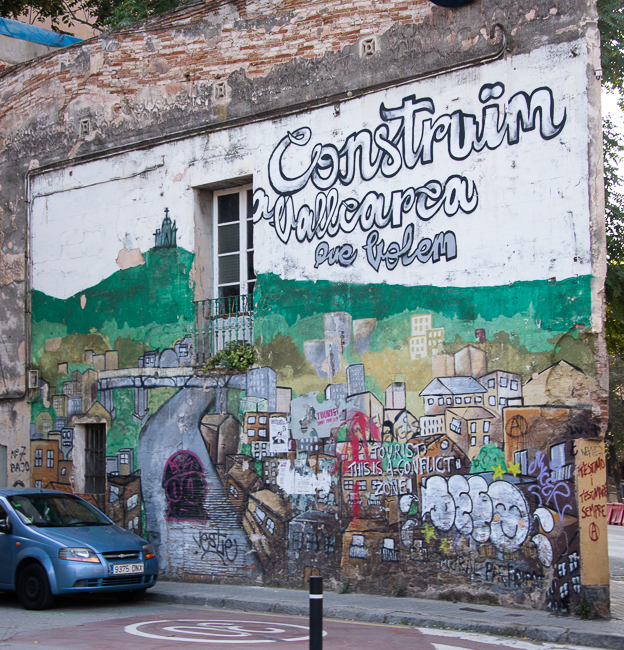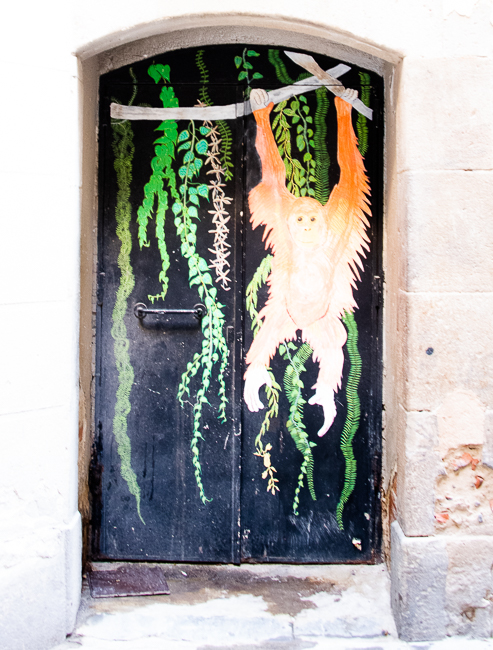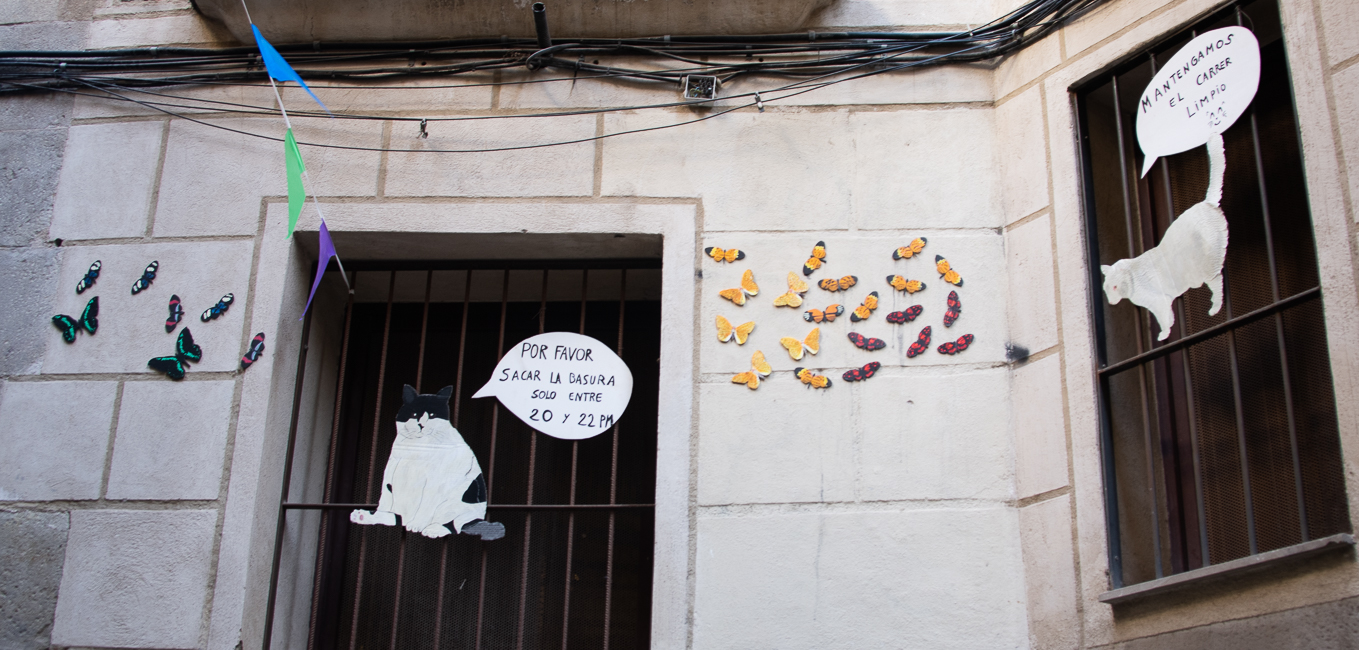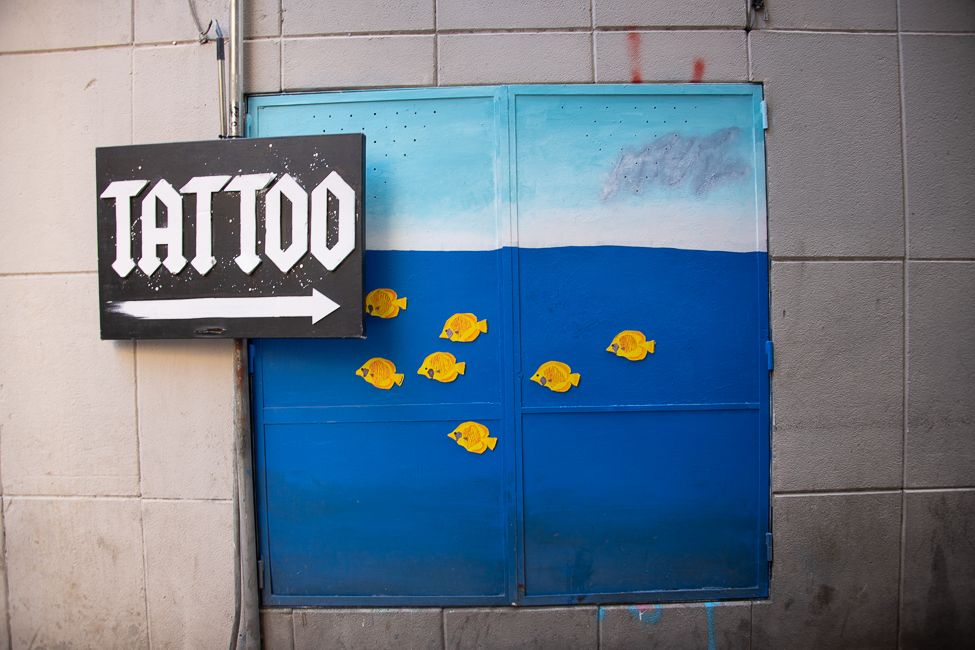October 2021
Joan Miro Park
This large sculpture by Joan Miro draws you to the Joan Miro park. There is a research library within the park, as well as just stunning areas to sit and relax, and playgrounds for children.
This sculpture, Woman and Bird, is typical of Miro’s work and was constructed in 1983, just before his death. Miro (1893 – 1983) was born in Barcelona.
The Barcelona Pavilion
As so many things when one travels, I made a special trip to the Barcelona Pavilion, only to find it closed for a concert. The only time the pavilion is ever closed. The delightful thing about the pavilion however, is you can get a sense of it in its entirety by simply standing outside.
The Barcelona Pavilion was designed by Ludwig Mies van der Rohe and Lilly Reich as the German national pavilion for the 1929 Barcelona International Exhibition specifically as an area for the official reception by King Alfonso XIII of Spain to meet with the German authorities.
In 1930, after the closure of the Exhibition, the Pavilion was disassembled.
In 1980 Oriol Bohigas, as head of the Urban Planning Department at the Barcelona City Council, designated architects Ignasi de Solà-Morales, Cristian Cirici and Fernando Ramos to research, design and supervise the reconstruction of the Pavilion.
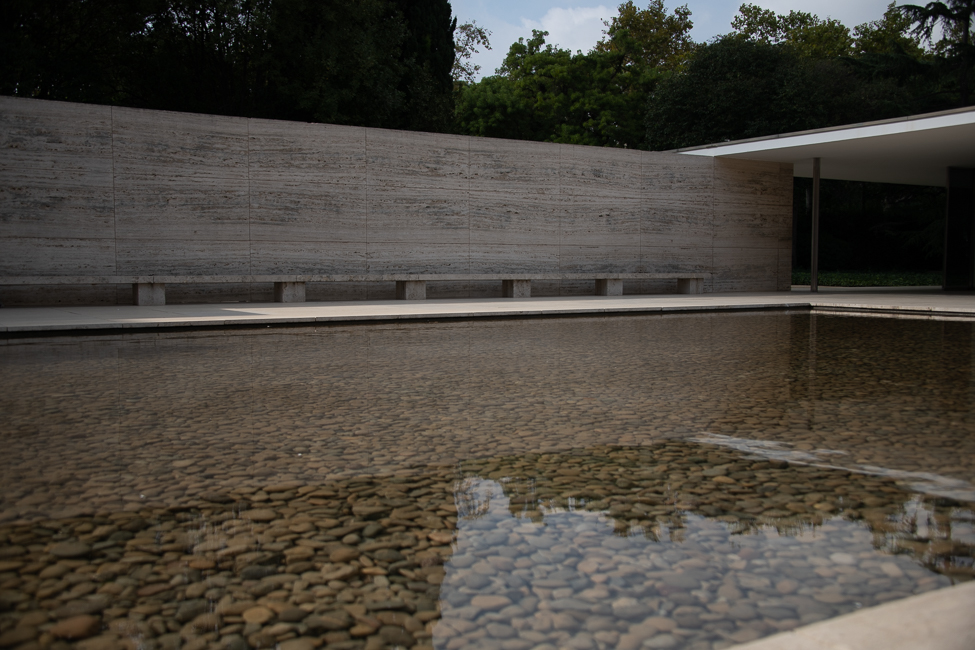 Work began in 1983 and the new building was opened on its original site in 1986.
Work began in 1983 and the new building was opened on its original site in 1986.
Glass, steel and four different kinds of stone (Roman travertine, green Alpine marble, ancient green marble from Greece and golden onyx from the Atlas Mountains) were used for the reconstruction, all of the same characteristics used by Mies in 1929.
The famous Barcelona Chair, was designed by Mies van der Rohe and Lilly Reich for the pavilion. The chair is upholstered leather over a metallic frame and is still manufactured today. The sculpture is a bronze reproduction of the piece entitled Dawn by Georg Kolbe, a contemporary of Mies van der Rohe.
When walking to the Barcelona Pavilion, it is pretty hard to miss this rather spectacular fountain.
The Magic Fountain of Montjuïc was also constructed for the 1929 Barcelona International Exposition.
The fountain sprays 700 gallons of water a second through 3620 jets to create its effect. The highest water spout is 170 feet.
The fountain was designed by Carles Buïgas, and sits on the previous location of The Four Columns. The construction of the fountain took over 3,000 workers. The fountain was badly damaged in the Spanish Civil War and did not operate again until 1955.
The Four Columns (“Les Quatre Columnes” in Catalan) were created by Josep Puig i Cadafalch and erected in 1919.
They symbolized the four stripes of the Catalan senyera, and were intended to become one of the main icons of Catalanism. However, for that very reason, they were demolished in 1928 during Primo de Rivera’s dictatorship, when all public Catalanist symbols were systematically removed so as not to be noticed during the 1929 Exposition.
In 1999, the Universitat Autònoma de Barcelona commissioned Italian sculptor Andreu Alfaro to create these four new columns. These are considerably taller than the originals and are of red granite.
The building at the top of the hill is the National Museum of Art.
Looking off to the right of the four columns you can spot the top of Spanish architect, Santiago Calatrava’s Olympic Flame.
Turning your back on the four columns you look across the Magic Fountain to the Venetian Columns. These too were part of the exposition, and took their name from their resemblance to the Campanile at St. Marks in Venice.
Built in 2005, this project by EMBT was the result of a competition to restore the original Santa Catarina City Market. The market was closed when I visited, with the exception of outdoor restaurants, more than likely due to Covid. Seeing it during this time, makes me feel this wasn’t a fail, but it wasn’t a success either. Having studied it prior to seeing it, it appears the roof is the most amazing part, and that is impossible to appreciate from the street level.
Now a flamenco dance venue the Palau Dalmases dates back to the 14th century, the facade was remodeled by merchant and nobleman Pau Ignasi Dalmases, who lived there between 1690 and 1705. One of the more fun facts about the building is that it was the meeting place of the Academy of Desconfiats (Academy of the Distrustful) a group of aristocrats that gathered to study all sorts of cultural subjects. The members were known as the Els savis del Born or The Wise Born.
I tripped upon this giant chicken wire sculpture while wandering in the Gothic Quarter. Located in Plaça de Sant Miquel created by Antoni Llena i Font and erected in 2019.
Wandering the streets I have found so many whimsical, interesting and different pieces of street art, and old architecture. Here is just a smattering.
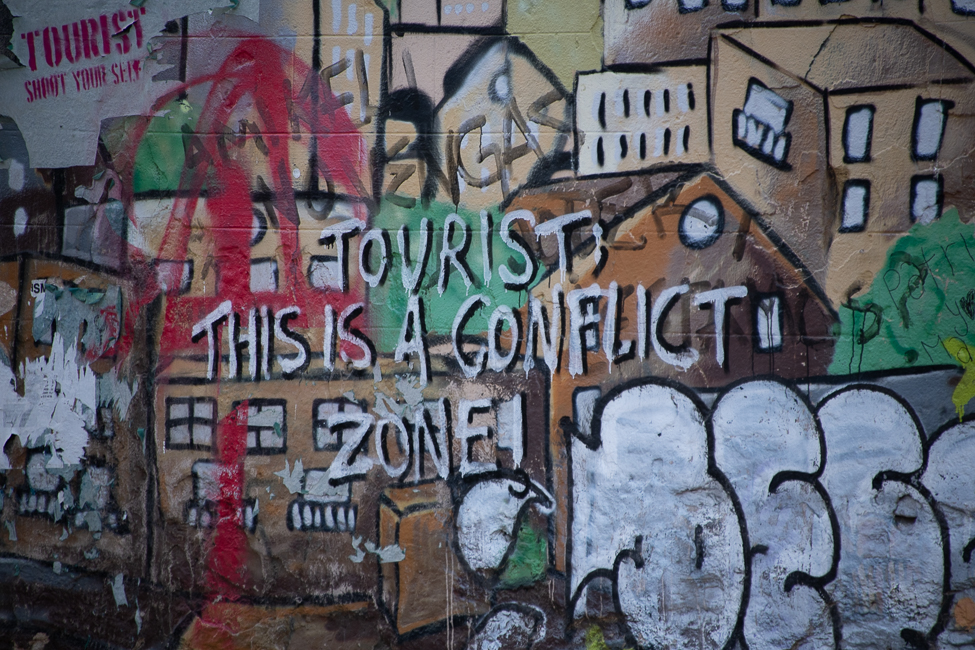
This is centered in the mural below, and hard to read without this close-up. It was taken in the Gracia section of Barcelona

These fellas were hanging in a very narrow alley way. The walls of entire street was festooned with birds, fish and wild animals
This has been from the ridiculous to the sublime, I do hope you enjoyed it.
